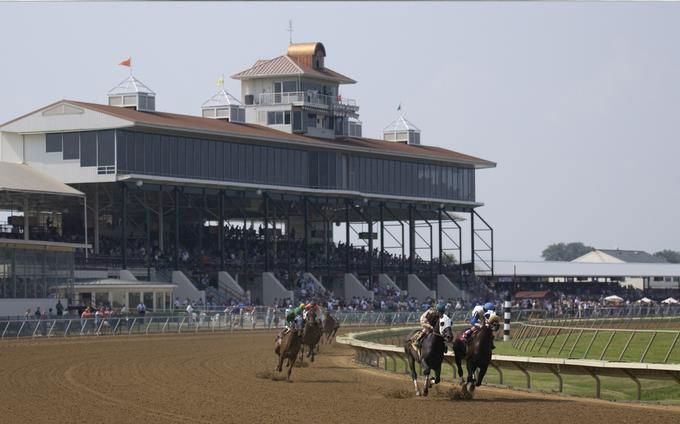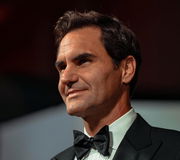

There is nary an equestrian event as historic as the Royal Ascot. The Ascot racecourse has been in existence since 1711 when Queen Anne discovered the land that, in her opinion, had immense potential for horse racing. As her gaze fell upon the vastness at East Cote, she found the space ideal for “horses to gallop at full stretch”. Since times immemorial, a special week in June is reserved for the races collectively known as Royal Ascot.
Watch What’s Trending Now!
Being entrenched in tradition, the Royal Ascot has seen plenty of seasons come and go, which have brought several changes in the horse racing climate. However, this year, a surprising modernization of this ceremonial racetrack has taken place. Everyone knows that sustainability is the earth’s future, but how is Royal Ascot embracing it?
ADVERTISEMENT
Historic equestrian event gets a surprising change
Royal Ascot, a horse racing event with a rich tradition and history, will be taking place from June 20 to June 24 in Berkshire, UK. A novel change this year is that the village enclosure at the tournament is all set to operate as a net zero emissions area. To achieve this honorable feat, the organizers have stressed the use of alternative sources of energy, such as solar energy. According to a report by CGTN, the collection of rainwater to recycle for use on the track, has been exercised.

ADVERTISEMENT
Sustainable food management is something that has been a part of the Royal Ascot experience since 2019. According to the Managing Director of 1711 by Ascot, the very cutlery being used in the event has received a complete overhaul. Jonathan Parker, the MD said, “This year we will actually reuse about 500,000 cups. We’re trying compostable cups and packaging, so that will go off to a recycling plant that will then produce compost.” The organizers have also attempted to use locally sourced ingredients that can be transported by train or electric buses.
ADVERTISEMENT
Top Stories
Greg Biffle’s $4M Worth Prized Possession Still Without a Buyer Leaves NASCAR Fans Heartbroken

LIV Golf Braces for Another Possible Exit in Wake of Brooks Koepka Departure

Sean Payton Announces Retirement Plans as Broncos HC Demands Improvement From Bo Nix & Co. Before Playoffs

Biff Poggi All But Confirms Bryce Underwood’s Michigan Future After Announcing His Own Departure

Roger Federer Draws Criticism from Swiss Government Chief for Tourism Boom in Country

Amanda Balionis Confirms New Relationship Ending Months of Rumors

Their restaurant has also been running on HVO generators, which cut the usual emissions in half. A ‘Smart Flower’ has been permanently installed at the venue to ensure capturing of solar energy. This entire exercise is to pave the way for the entire event to possess net-zero emissions by 2040. The initiative comes as a consequence of the United Nations Sports for Climate Action principles that Britain has ascribed to. What is commendable is that all these actions have been undertaken without any deprecating impact on the elegance and lavishness of the Royal Ascot experience.
ADVERTISEMENT
Royal Ascot: a culturally rich event
The Ascot racecourse was laid down by William Lowen. After holding its first event in 1711, and its first meet in 1768, a permanent building to house the spectators was built on the grounds in 1793. Fourteen years later, in the year 1807, The Gold Cup was introduced, which is Ascot’s oldest race, a tradition that has survived to date. In the early 19th century, a dress code emerged at the Royal Ascot, courtesy of Beau Brummel, a close friend of the Prince Regent.

ADVERTISEMENT
Every year, men and women dress in their finest for this event, with spectators adorning elaborate hats. This time, in an attempt to reduce the carbon footprint caused by the fashion industry, the organizers have come up with their own ‘look-book’. According to Felicity Barnard, the Commercial Director at Ascot, the idea is to inspire people to create looks by pairing clothes they already own, instead of buying a new outfit every year. It seems like the Royal Ascot team is leaving no stone unturned to ensure that this iconic equestrian event can reach the heights of sustainability as soon as possible.
Watch This Story: Derek Jeter’s Wife Hannah Jeter Once Bagged a Six-Figure Deal to Feature Alongside a Talking Horse in a Weird Commercial
ADVERTISEMENT
ADVERTISEMENT
ADVERTISEMENT
ADVERTISEMENT

